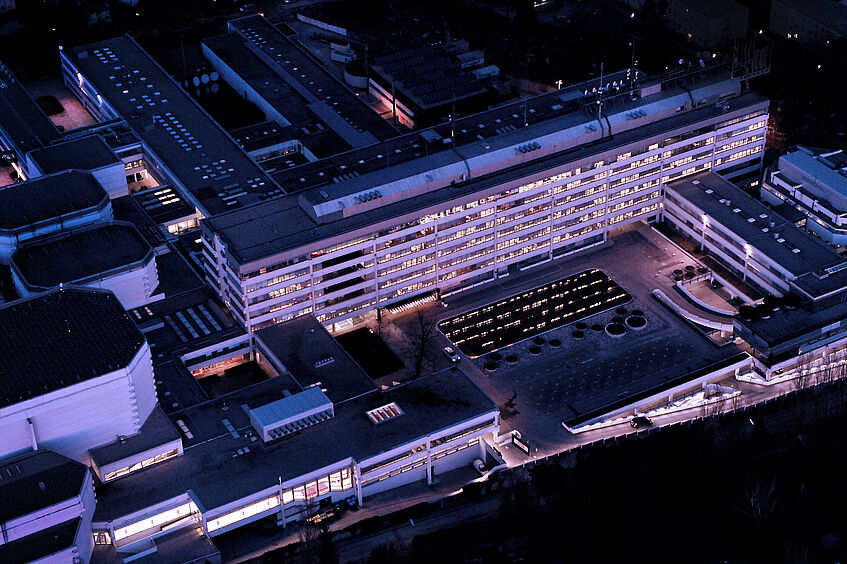Vienna

© WienTourismus/Christian Stemper

© WienTourismus/David Payr
Vienna
Vienna is not only the capital of Austria, but also one of its nine federal states. St. Stephen’s Cathedral, considered the center of the city by its inhabitants, is located 16º 22’ 27’’ east of Greenwich at 48º 12’ 32’’ northern latitude, and 171 meters above sea level. The city covers 415 square kilometers and is divided into 23 districts. With woods, grassland, parks and gardens accounting for around half its area, Vienna is the city in Europe with the highest ratio of green space. “Urban green” such as Stadtpark (with one of the most frequently photographed sights in the city, the golden Johann Strauss monument) is joined by the woods and grassland of Prater, the extensive Schönbrunn Palace Gardens, sections of the Vienna Woods, vineyards, farmland and the wetlands of the legendary Danube River. During the summer temperatures rarely rise above 30º C, and in winter they hardly ever fall below -5º C. Schönbrunn Palace and its park were added to the UNESCO World Cultural Heritage list in 1996, followed by the historic city center in 2001.
Source: www.vienna.info
Travel Information
Getting to Vienna
There are many possibilities to get to Vienna. Please find helpful travel tips here.
Public Transport of Vienna
The Public Transport of Vienna includes five subway lines, 28 tram lines as well as 128 bus lines. The tickets are available at the multilingual ticket machines (subway stations) and are valid in all subways, trams and buses.

Währinger Straße 29, 1090 Vienna
To reach this venue, the Department of Communication in the Währinger Straße 29, you can take the following public transports:
tram 37, 38, 40, 41, 42 (station: Sensengasse)
Website of the Department

Küniglberg, Würzburggasse 30, 1130 Wien
To reach this venue, the ORF-Centre, you can take the following public transports:
U6, U4 (station: Hietzing), bus 56B (station: Küniglberg/
ORF-Zentrum)
U6 (station: Bhf. Meidling), bus 8A (station: Küniglberg/
ORF-Zentrum)
You can find further information about ORF here...

© Wien Tourismus/Christian Stemper